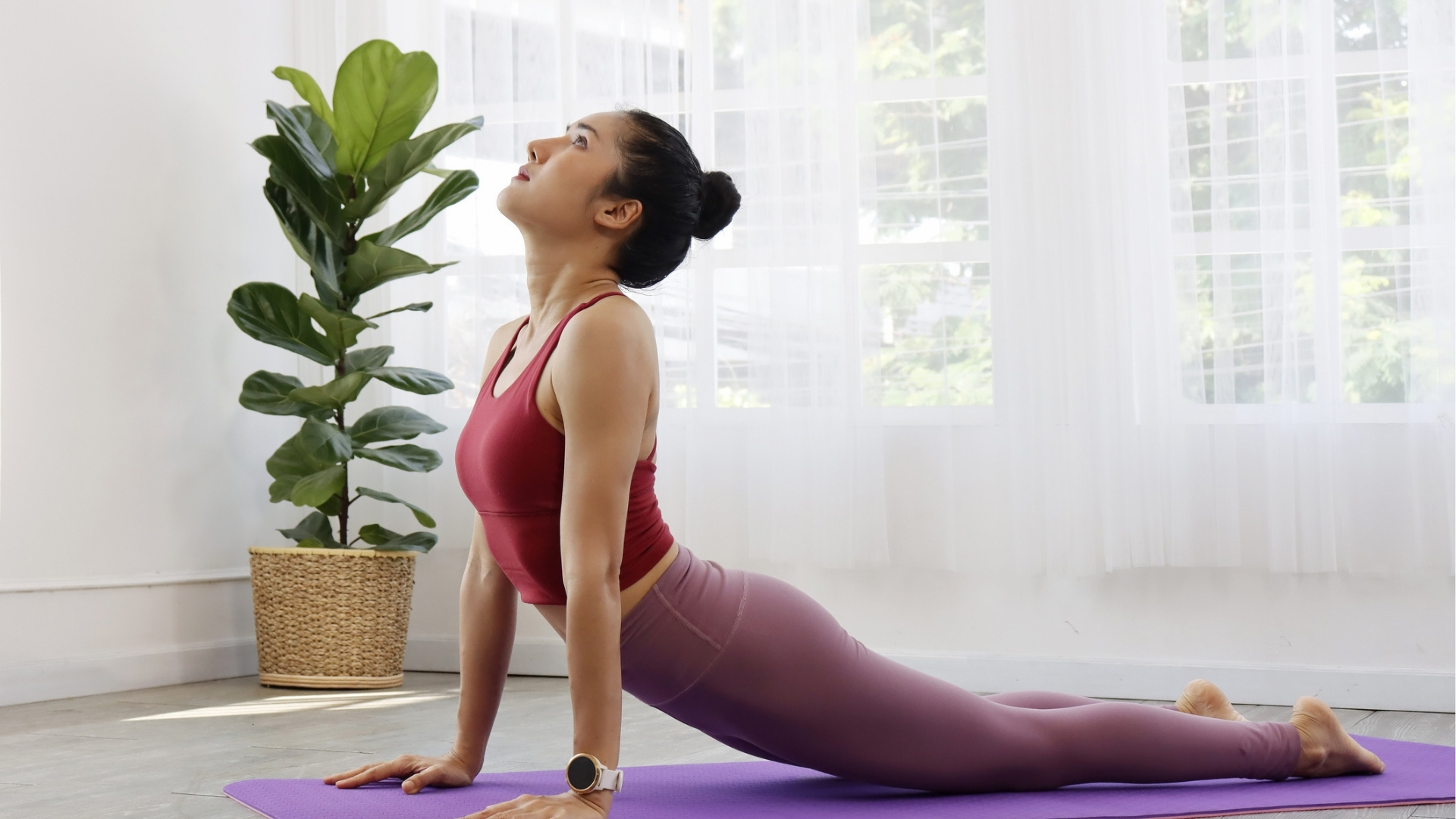I’ve practiced Pilates every week for the past year—here’s how it’s improved my health and wellbeing
From a stronger core to increased flexibility—is there anything Pilates can’t do?


"Shall we try a Pilates class?" My friend asked me last year, after raving about it over a coffee. At the time, I was convinced that this slow and controlled full-body workout didn’t have a place in my strength training schedule. But boy, was I wrong!
Pilates offers a plethora of benefits—from enhancing core strength and improving posture to boosting balance and flexibility. And, you can get started with just a mat.
"It also promotes mental well-being by reducing stress and increasing body awareness," Pilates instructor Cie’Jai Zarb, founder and editor-in-chief of The Pilates Journal says.
"It’s more than just a movement type," Zarb adds. "It becomes a way of life and it helps prevent injury."
I agree. Twelve months on, I can say with my chest that I’m a fully-fledged Pilates convert and for more reasons than one. Keep scrolling to see what I’ve learned from practicing Pilates for at least 20 minutes every week for a year.
What I’ve learned from practicing Pilates for a year

1. My core strength has improved
Seeing as Pilates is a core-centric workout, this perhaps, comes as no surprise. But even after weight training in the gym for 10 years, it’s been humbling to see the boost in strength these slow, precise and controlled movements have had on my core muscles. The Pilates Hundred and planks feel so much more doable now. There's no denying that these moves still challenge my core but I'm able to perform these moves for longer before resting
2. My joints don’t feel so stiff
My 9-5 role is largely spent sitting behind a screen. As a result, I suffer from tight hips and a stiff upper back. However, since adding Pilates to my weekly schedule, my hip flexors don’t feel so tight and my back feels more supple.
Start your week with achievable workout ideas, health tips and wellbeing advice in your inbox.
3. My flexibility has increased
My flexibility has progressed in a year. My pigeon pose may not be perfect just yet, but I can sink more easily into forward folds and reach my toes and twist more deeply through my thoracic spine during thread-the-needle.
All of this helps me carry out everyday tasks, like picking up shopping bags or shifting weights in the gym, with ease.
4. There’s more than one type of Pilates
You’re probably familiar with mat Pilates or Reformer Pilates. But have you heard of clinical, contemporary or classical Pilates?
"Clinical Pilates is often tailored for injury rehabilitation and often prescribed by health professionals to improve specific physical conditions," Zarb tells me.
Contemporary Pilates incorporates ‘modern fitness principles’ and may include additional equipment like stability balls and resistance bands.
"Then classical Pilates adheres closely to the original teachings and exercises developed by Joseph Pilates," says Zarb.
5. You don’t need to practice for hours
You won’t need to shed a lot of sweat to feel the benefits and you won’t need hours of time. Over the past year, I’ve done a mix of in-person mat and Reformer classes, which usually last between 50 minutes to an hour. My at-home practice, following an app or free YouTube workout, is never longer than 20 minutes but I've still experienced plenty of benefits.
6. I'm still working on my coordination
There is a lot going on when you practice Pilates—especially on a Reformer with its springs and moving carriage—so my coordination is still a work in progress. But as Zarb reminds me: "At the end of the day, Pilates is called a practice for a reason – it requires focus and dedication. At first it might feel foreign but so does riding a bike, stick with it and you’ll reap the benefits long term." Noted!
Becks is a freelance journalist and writer with more than 7 years of experience in the field. She writes health and lifestyle content for a range of titles including Live Science, Top Ten Reviews, Tom’s Guide, Stylist, The Independent, and more. She also ghostwrites for a number of Physiotherapists and Osteopaths.
Health has been a big part of Becks’ lifestyle since time began. When she’s not writing about the topic of health, she’s in the gym learning new compound exercises. And when she’s not in the gym, she’s most probably reading.
